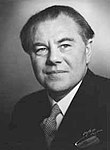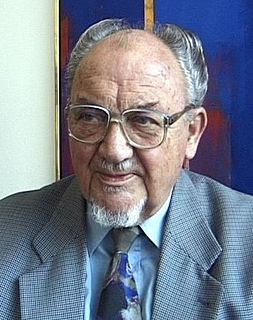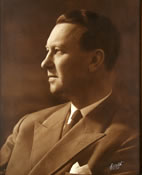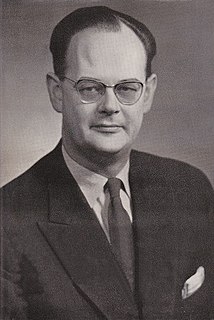| |||||||||||||||||||||||||||||||||||||||||||||||||||||||||||||||||||||||||||||||||||||||||||||||||
| |||||||||||||||||||||||||||||||||||||||||||||||||||||||||||||||||||||||||||||||||||||||||||||||||
All 149 seats to the Folketing 75 seats were needed for a majority | |||||||||||||||||||||||||||||||||||||||||||||||||||||||||||||||||||||||||||||||||||||||||||||||||
|---|---|---|---|---|---|---|---|---|---|---|---|---|---|---|---|---|---|---|---|---|---|---|---|---|---|---|---|---|---|---|---|---|---|---|---|---|---|---|---|---|---|---|---|---|---|---|---|---|---|---|---|---|---|---|---|---|---|---|---|---|---|---|---|---|---|---|---|---|---|---|---|---|---|---|---|---|---|---|---|---|---|---|---|---|---|---|---|---|---|---|---|---|---|---|---|---|---|
| |||||||||||||||||||||||||||||||||||||||||||||||||||||||||||||||||||||||||||||||||||||||||||||||||
| |||||||||||||||||||||||||||||||||||||||||||||||||||||||||||||||||||||||||||||||||||||||||||||||||
 |
|---|
| This article is part of a series on the politics and government of Denmark |
|
|
Folketing elections were held in Denmark on 23 March 1943 alongside Landsting elections, [1] except in the Faroe Islands where they were held on 3 May. They were the first elections during the German occupation, and although many people feared how the Germans might react to the election, the event took place peacefully. [2] The voter turnout was at 89.5%, the highest of any Danish parliamentary election, and became a demonstration against the occupation. The Social Democratic Party remained the largest in the Folketing, with 66 of the 149 seats. After the elections, leading German newspapers expressed disappointment and indignation with the lack of political evolution among the Danish voters. [2]

The Folketing, also known as the Danish Parliament in English, is the unicameral national parliament (legislature) of Denmark. Established in 1849, until 1953 the Folketing was the lower house of a bicameral parliament, called the Rigsdag; the upper house was Landstinget. It meets in Christiansborg Palace, on the islet of Slotsholmen in central Copenhagen.

Denmark, officially the Kingdom of Denmark, is a Nordic country and the southernmost of the Scandinavian nations. Denmark lies southwest of Sweden and south of Norway, and is bordered to the south by Germany. The Kingdom of Denmark also comprises two autonomous constituent countries in the North Atlantic Ocean: the Faroe Islands and Greenland. Denmark proper consists of a peninsula, Jutland, and an archipelago of 443 named islands, with the largest being Zealand, Funen and the North Jutlandic Island. The islands are characterised by flat, arable land and sandy coasts, low elevation and a temperate climate. Denmark has a total area of 42,924 km2 (16,573 sq mi), land area of 42,394 km2 (16,368 sq mi), and the total area including Greenland and the Faroe Islands is 2,210,579 km2 (853,509 sq mi), and a population of 5.8 million.
Contents
The Communist Party of Denmark had been banned since 1941 and could not participate in these elections.

The Communist Party of Denmark is a communist political party in Denmark. DKP was founded on November 9, 1919 as the Left-Socialist Party of Denmark through a merger of the Socialist Youth League and Socialist Labour Party of Denmark, both of which had broken away from the Social Democrats in March 1918. The party assumed its present name in November 1920, when it joined the Comintern.
95% of the vote went to the four biggest, traditional democratic parties. In the years since, there has been some debate about whether this can be seen as democratic support for the government's "cooperation" policy (samarbejdspolitikken) with the German occupation authorities. [3] Some have argued that the result showed a broad unity of opinion in the population and among politicians in support of the relatively cooperative line taken by the government. Bertel Haarder, citing Knud Kristensen, has argued that the vote was sold as one of solidarity with the Danish constitution, democracy, and a rejection of totalitarian elements in society, and cannot therefore be seen as an explicit endorsement by the population of the government's line. [3]

Bertel Geismar Haarder was the Danish Minister for Culture and Church until 2016. He is the longest serving Danish minister since 1901. He represents Venstre, a Danish centre-right party.
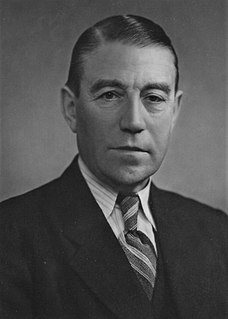
Knud Kristensen was Prime Minister of Denmark 7 November 1945 to 13 November 1947 in the first elected government after the German occupation of Denmark during World War II. After the October 1945 election Knud Kristensen formed the Cabinet of Knud Kristensen, a minority government consisting only of his Liberal Venstre party. Kristensen was a farmer by profession. In social policy, Kristensen's time as Prime minister saw the passage of the National Social Insurance act of June 1946, which raised benefits and, although it increased the age limit for old age pensions for men from 60 to 65, it granted old-age pensions to people from the age of 60 in cases of ill-health or special circumstances. Under the Building Subsidy Act of April 1946 low interest rates were made available to central government to support housing construction for the needy, while rent supplements were introduced for families with smaller children.
